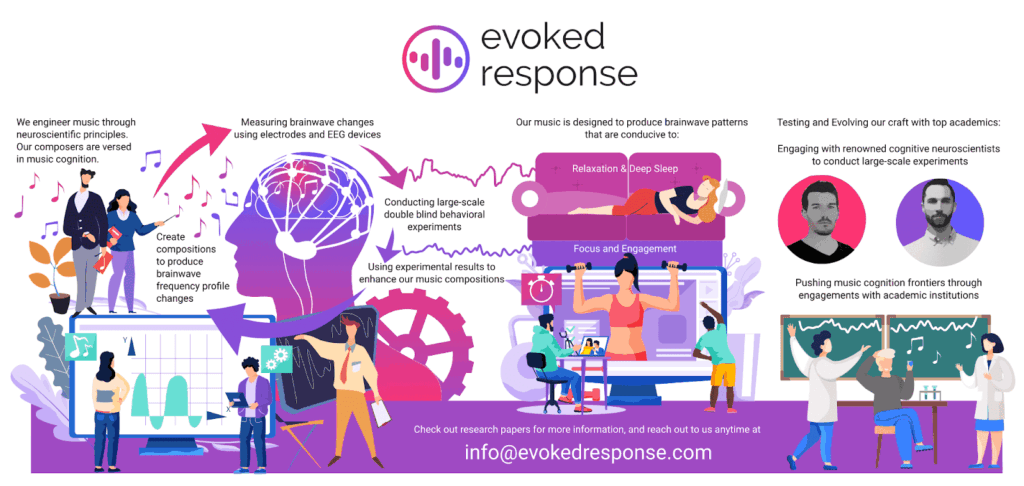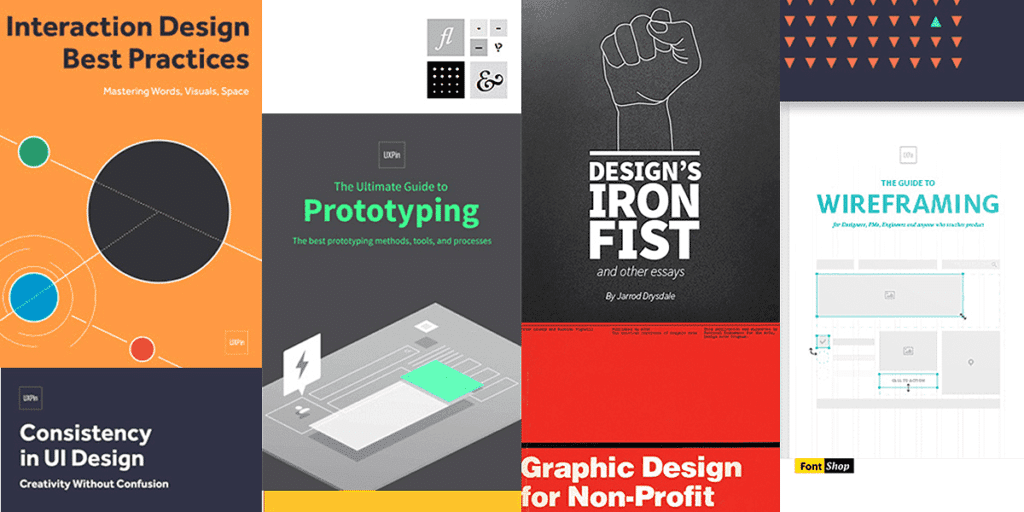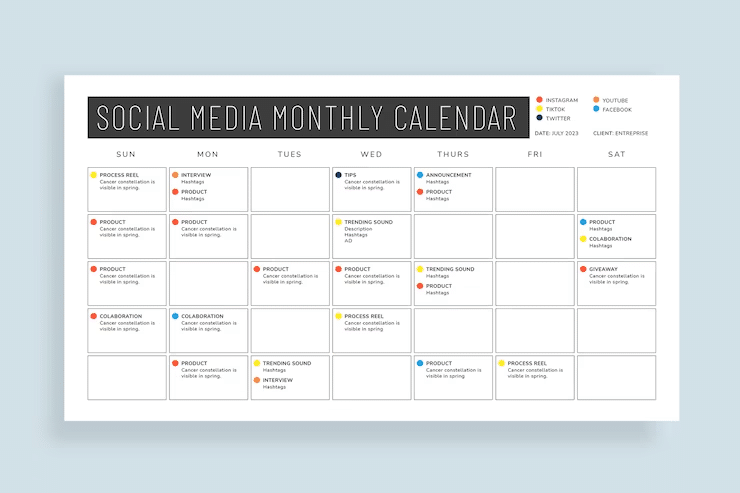
Creating fresh and engaging content for your blog, social media posts, video content, and podcast episodes requires significant effort, time, and resources. It can feel overwhelming, and without the right tools and strategy, you can fall behind.
But what if there was a more innovative way to get more from your content without always starting over? What if you could get more value from the good work you have already done? That’s where content repurposing comes in.
Content repurposing isn’t just about doing less work. It’s a strategy that brings many significant advantages to any business.
People absorb information in different ways. Some read, some like video content, and some listen to podcast episodes. If you only create one type of content, you risk missing a large part of your audience. When you change your content, more people will see and hear your message in ways they like.
This approach also prevents burnout for both you and your audience. You won’t always need to create new content from nothing because you’ll use what you already have. Meanwhile, your audience will get your messages in new ways, keeping them interested.
Other key benefits of content repurposing also include:
You’ve already invested time and money into your content marketing strategy. Content repurposing maximizes your effort and gives it more value. It means you get more from your original work by turning one long piece into several smaller ones.
This leads to better results without spending more on creating new content. It’s all about using your resources wisely and getting the most out of every dollar and hour you invest.
Making new content from scratch takes a lot of work, especially for longer pieces. This includes brainstorming content ideas, research, writing, and editing.
Content repurposing lets you skip many of these steps. This means you can easily create multiple new pieces from a single original item. It saves you time and money making content and lets your team focus on other essential tasks.
Different social media platforms have their own rules and users. What works on LinkedIn might not work on Instagram or TikTok. Updating your content for each site makes your brand more visible and easier to find. Besides, virtual office software can help teams tailor content strategies across different platforms.
By tailoring your message to each platform’s style, you increase your chances of being seen by new people online. This multi-channel approach is key to building strong brand awareness.
Screenshot provided by author
Good content in various forms provides search engines with more opportunities to discover your brand. This also helps your content rank higher in search engines, making it easier for people to find you.
When you turn a blog post into a video content, a podcast episode, or a social media update, you make more places for search engines to find you. This shows them your brand is a good source of information. Each new piece can also use keywords to help more people see your website when they search online.
Sharing your message in various content formats helps your audience remember it better. It will also stick in their minds if they see it often, but in new and interesting forms.
This helps people get to know and trust your brand. It also enables people to recognize your brand more effectively online.
Effective content repurposing strategies turn one strong piece of long-form content into multiple distinct pieces.
Here are some proven methods for your content strategy:
A good blog post can become an excellent script for video content. You can create animated explainer videos, talking heads, or short clips. Take the key points and turn them into a visual story.
Businesses often turn long blog posts into YouTube videos. Then, they cut out smaller parts for Instagram Reels, YouTube Shorts, or TikTok. The goal is to get attention and interest in your main content. If you’re sharing video clips, using a YouTube rank tracker can help you monitor how well your content performs in search and adjust your strategy accordingly.
Videos are fun to watch and work great on social media. They help you reach people who learn by seeing things, which grows your audience. Just remember to add text on the screen, captions, and clear calls to action.

Hours-long webinars are packed with valuable information. Each part of the webinar could become a blog post, or you could combine them into a white paper or complete guide.
You can also extract significant numbers and quotes to create eye-catching infographics. They make complex information easy to understand at a glance. Share these pictures on social media and in blog posts, or use them to generate new leads.
You can turn your long content—like blog posts, case studies, white papers, or e-books—into podcast episodes. This is an excellent way to use the growing popularity of audio content. You can narrate the text, add personal insights, or even conduct interviews with experts using video interview software to make the process more engaging and professional.
This lets you reach people who enjoy listening, even while traveling or working out. Podcast episodes can help you connect more deeply with listeners and demonstrate that your brand is an expert in its field. This also builds trust and keeps your audience interested.
You can break down your long articles, video content, or podcasts into short, engaging pieces for social media. This could be a picture with a quote, a YouTube Short, helpful tips, or quick questions for your followers. The goal is to get attention and interest in your main content.
According to Husbpot’s recent report, Short-form video is now the top content marketing format. In fact, 21% of marketers say it gives them a better ROI than other formats.
Change the content format and tone for each social media platform. For example, use a catchy GIF for X, an Instagram carousel, or a LinkedIn professional summary. This helps get the most audience engagement.
You can also create content briefs for these shorter formats. This makes sure your message fits each one perfectly.

If you have many blog posts on a similar topic, gather them, improve them, and add more to create a full e-book. This turns many separate articles into one valuable, in-depth resource.
E-books can help get leads, as people often share their email to download them. They offer deep knowledge and solidify your brand’s authority in the industry. In fact, NetLine’s 2024 report confirms e-books as the top B2B content, with registrations surging 34.5% year-over-year.
The right tools can make your content repurposing efforts much smoother. Consider these options:
Generative AI tools are changing content repurposing. It can turn audio content or video content into text through transcription. This makes creating video scripts or blog posts from spoken words easy. It can also summarize long-form content, create social media posts, and write new articles.
To manage multiple AI models and workflows effectively, use LLM orchestration. It will enable seamless integration, task automation, and optimized output across various generative AI tools.
Partnering with GenAI development services can further enhance this process by helping businesses build, customize, and scale AI systems tailored to their specific content needs.
Tools like ChatGPT can help create various content formats and brainstorm new content ideas. Others, like Lumen5 and Freepik AI video generator quickly turn text into videos. Munch, meanwhile, uses AI to curate clips for Instagram Reels or YouTube Shorts.
These tools significantly speed up the repurposing process, freeing up time for more critical tasks.
Design tools are essential for turning written content into visual aids. Platforms like DesignCrowd and Design.com are excellent choices. Adobe Express is another good option for graphics and short video content.
These tools help you make infographics, even if you’re not a professional designer. They’re also crucial for creating other great visuals for Instagram and Pinterest.
For content repurposing to be effective and lasting, it must be a central part of your content plan. It should not be just something to think about later.
To begin, you should:
Examine all your existing content closely. Make a list of everything you already have in your inventory. This includes blogs, video content, podcast episodes, case studies, and social media posts.
Gather performance data for each item to find evergreen and high-performing content. Look at website visits, audience engagement, and conversions.
Tools like Google Analytics give you this information. You can see which blog posts people read the most or which YouTube videos they watch for the longest time.
Establish a straightforward method for repurposing content. This involves finding pieces to repurpose, deciding the content formats, and setting deadlines.
A transparent process is essential for consistency. This could involve making small guides for each repurposed piece. These guides explain the main message, your audience, and the content you want to create.
You could also use a content calendar to ensure that nothing is forgotten. It can be as detailed as you want it to be or as simple as the sample below:

Simply copying content across various platforms is not a good content repurposing strategy. Each platform has its own audience, content format requirements, and optimal uses. This means truly adapting your content, rather than simply copying it.
Content must be short, visually appealing, and engaging for social media. A blog post can be transformed into an Instagram carousel, a TikTok video, or a LinkedIn post with a clear call to action.
Focus on quick ways to grab attention and tell a story with visuals, often using popular sounds. Use concise, punchy text with relevant hashtags and striking images.
Use platform-specific hashtags to help people find your content. Understanding these differences is crucial for maximizing audience engagement and brand awareness.
Beyond social media, consider the needs of other channels as well. An e-book might become an email series, sending one chapter or key concept daily. Or, a webinar could be condensed into a short visual webinar presentation.
Constantly adjust the tone, length, and visuals to fit each channel and audience’s expectations. A detailed case study might be repurposed into a series of infographics for quicker understanding. A comprehensive guide could also be broken into individual content briefs for different target audiences or channels.
Like any marketing strategy, content repurposing needs clear goals. Without them, it’s hard to know if your efforts are working. Start by:
Decide what you want your repurposed content to achieve. Is it about brand visibility, achieving a higher SEO ranking, or keeping the audience more engaged?
For example, your repurposed content should collect the contact information of potential new customers. You could do this by offering a free download of a podcast summary or a report based on your blog posts.
Aligning your content repurposing goals with your broader content marketing strategy helps ensure that every piece contributes to your business’s growth.
It’s essential to track the performance of your repurposed content by examining the relevant metrics. For example:
Tools like Google Analytics help you see what works and improve your content repurposing strategy. Checking these numbers regularly helps you determine what to keep doing and what to change. It also enables you to create more effective content.
Content repurposing is more than just a buzzword. It’s a smart and powerful plan that helps you maximize the ROI from every piece of content you create. In a world where high-quality content is key to standing out, repurposing allows you to do more with less effort.
Don’t let your great content sit unused. Start small. Pick one piece of your best work, and try turning it into a new format. You’ll quickly see how much more you can get from what you’ve already created, making every piece of content truly pay off.